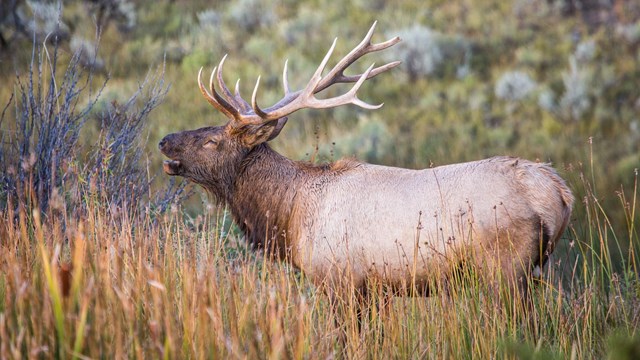
NPS In part because Yellowstone National Park was established by Congress in 1872, early in the European American history of the West, the park is one of the last, nearly intact, natural ecosystems in the temperate zone of Earth. Natural processes operate in an ecological context that has been less subject to human alteration than most others throughout the nation and throughout the world. This makes the park not only an invaluable natural reserve, but a reservoir of information valuable to humanity. In Yellowstone, scientists conduct research ranging from large studies of landscape-level changes affecting the local ecosystem to studies of tiny organisms that have the potential to change the lives of people the world over. Yellowstone also has a rich history that includes an archeological record of more than 11,000 years of human use. As the world’s first national park, Yellowstone’s modern history is no less significant; the park’s Heritage and Research Center houses materials documenting the development of the national park idea, the history of science in the park, and major efforts in American wildlife conservation, as well as the park’s broader natural and human history. As a research location, Yellowstone has long attracted scientists. In any given year, 130–200 scientific researchers use study sites in the park, and many more conduct research at the park’s Heritage and Research Center. Yellowstone is one of the most high- profile research locations in the National Park Service and has one of the most active research programs. Researchers from universities, other agencies, and the National Park Service come to Yellowstone to conduct scientific studies. Continue: History of Science in Yellowstone 
Yellowstone Center for Resources
Scientific efforts underway in Yellowstone National Park. 
Research Permits
Most types of research done in the park are subject to the park's research permitting policy and require a permit. 
Nature
Discover the natural wonder of Yellowstone, from the geology beneath the plant communities to the animals migrating through the ecosystem. |
Last updated: April 17, 2025
